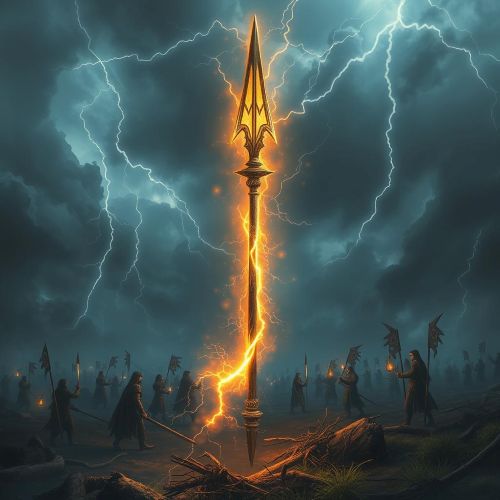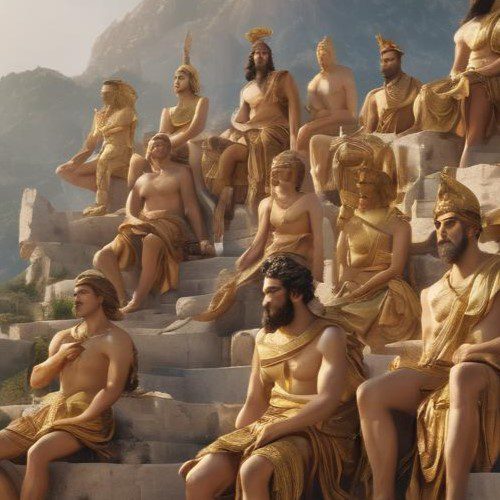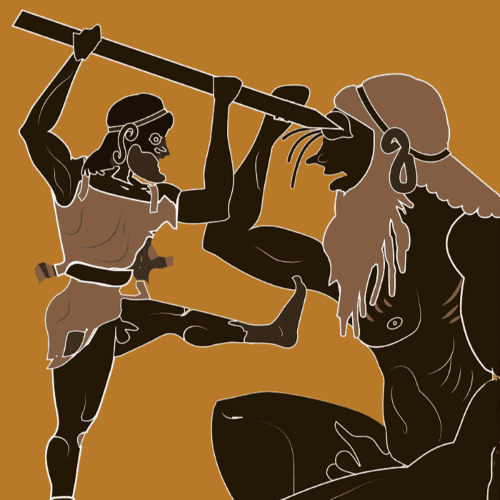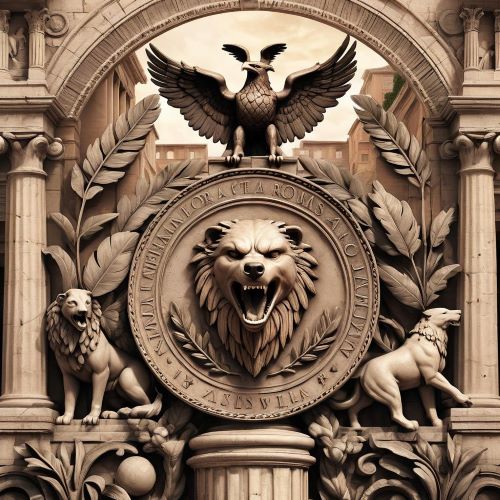Apollo and Daphne: A Tale of Obsession and Escape
Greek mythology is rich with tales of passion, pursuit, and transformation. Among these, the story of Apollo and Daphne stands out as a haunting narrative of love unreciprocated and freedom fiercely defended. This myth, immortalized in classical literature and sculpture, reveals the darker side of desire and the power of the natural world to resist divine will.
The Origins of Apollo and Daphne’s Story
The myth of Apollo and Daphne is primarily sourced from Ovid’s Metamorphoses, a poetic masterpiece that recounts tales of transformation. In this story, Apollo—the Greek god of the sun, music, prophecy, and healing—falls deeply in love with the nymph Daphne, a follower of Artemis who has vowed to remain chaste and untouched by love.
The tragedy of this tale begins with a quarrel between Apollo and Eros (Cupid), the god of love. Mocking Eros for wielding a bow and arrow—tools Apollo considered fit only for warriors and hunters—Apollo ridicules his seemingly insignificant power. In retaliation, Eros shoots two arrows: a golden one that makes Apollo fall madly in love with Daphne, and a lead-tipped one that causes Daphne to abhor love and flee from Apollo’s affection.
Apollo’s Pursuit and Daphne’s Desperation
With the power of Eros’s arrow overwhelming him, Apollo becomes obsessed with Daphne. He chases her through the forests, calling out declarations of love and offering promises of safety and devotion. But to Daphne, Apollo’s attention is a terrifying force she wants nothing to do with. Her only desire is to remain free, wild, and untouched.
The chase itself is described in vivid detail in ancient texts. Daphne, swift and graceful, darts through the trees, but Apollo—energized by divine strength—gains on her. As she nears exhaustion, her prayers for escape grow desperate.
The Transformation: Daphne Becomes a Laurel Tree
Just as Apollo is about to seize her, Daphne calls out to her father, the river god Peneus, to save her. Moved by her cries, Peneus transforms her into a laurel tree—her limbs turning to branches, her feet rooting to the ground, and her hair becoming leaves.
Apollo arrives too late. Overcome with grief, he embraces the laurel tree, vowing to honor Daphne forever. He declares the laurel his sacred tree, a symbol of glory, triumph, and poetic achievement. Henceforth, laurel wreaths were worn by victors, poets, and heroes in ancient Greece and Rome—an eternal tribute to the nymph who chose freedom over submission.
Symbolism and Meaning Behind Apollo and Daphne
The myth of Apollo and Daphne is more than just a tale of unrequited love. It symbolizes:
-
The conflict between desire and autonomy: Apollo represents the intensity of desire, while Daphne represents resistance and the right to choose one’s fate.
-
Transformation as liberation: Daphne’s metamorphosis is not a punishment but an act of preservation and empowerment.
-
Nature’s defiance of domination: The forest and the laurel tree are seen as symbols of natural freedom that even gods must respect.
In many ways, the story speaks to contemporary audiences about boundaries, consent, and the reclaiming of personal agency.
Depictions in Art and Literature
One of the most famous representations of Apollo and Daphne is Gian Lorenzo Bernini’s Baroque sculpture, housed in the Galleria Borghese in Rome. The sculpture captures the exact moment of Daphne’s transformation—Apollo’s hand still touching her torso as her fingers sprout leaves and her body twists away in fear. The artistry encapsulates both the beauty and the tragedy of the myth.
Painters like Piero del Pollaiuolo and John William Waterhouse also portrayed this myth, highlighting the dramatic emotions and ethereal beauty of the characters.
In literature, the story continues to inspire writers and poets who explore its deeper psychological and philosophical dimensions. From Ovid’s original to modern retellings, Apollo and Daphne remains a poignant reminder of the dangers of unchecked power and the sanctity of free will.
Modern Interpretations and Legacy
In today’s cultural conversations, the myth is often reexamined through feminist and psychological lenses. Daphne’s flight from Apollo is interpreted as a refusal to be objectified, and her transformation as a metaphor for reclaiming control in a world that often silences resistance.
Moreover, the laurel wreath still endures as a symbol of victory, honor, and artistic excellence—ensuring Daphne’s legacy remains woven into modern consciousness, just as it was in antiquity.










